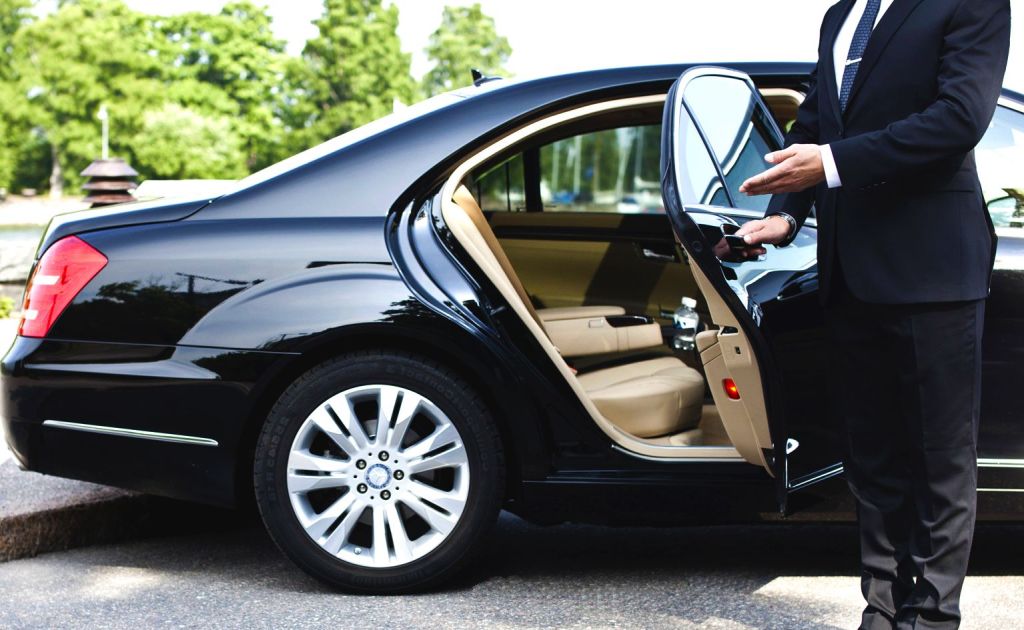When it comes to transportation services, the terms “chauffeur” and “driver” are often used interchangeably, but they carry distinct meanings and implications. While both individuals are responsible for operating a vehicle to transport passengers from one place to another, their roles and qualifications are not the same. Understanding the differences between chauffeurs and drivers is crucial, especially if you’re seeking a professional transportation service or considering a career in this field.

Chauffeurs vs. Drivers
Here are the differences between chauffeurs and drivers.
1. Training and Licensing:
One of the primary distinctions between chauffeurs and drivers lies in their training and licensing requirements. Chauffeurs typically undergo more extensive training and education to obtain the necessary licenses and certifications. They are often required to complete courses in defensive driving, etiquette, vehicle maintenance, and safety. In many jurisdictions, chauffeurs are also subject to more rigorous background checks and testing compared to regular drivers.
In contrast, drivers, in the general sense, often only need to obtain a standard driver’s license, which may involve passing a written and practical driving test. They may not have the same level of formal training and certification as chauffeurs.
2. Professionalism and Attire:
Chauffeurs are expected to maintain a high level of professionalism and appearance. When you hire a chauffeur, you can typically expect them to be dressed in a formal or semi-formal attire, often including a uniform or suit. This presentation is meant to provide a sense of elegance and service, reflecting the luxury often associated with chauffeur-driven transportation.
Regular drivers, on the other hand, do not have the same uniform or dress code requirements. They may wear everyday clothing while providing transportation services, which can range from ride-sharing to delivery services.
3. Vehicle Quality:
Chauffeurs often operate high-end or luxury vehicles, catering to clients who expect a certain level of comfort and style during their transportation. These vehicles are typically well-maintained and regularly inspected to ensure they meet safety and quality standards. Chauffeurs are responsible for the upkeep and cleanliness of their vehicles.
Drivers, on the other hand, may use their personal vehicles for transportation services, which can vary significantly in terms of make, model, and condition. While some ride-sharing services may have quality standards for the vehicles used, these standards may not be as stringent as those imposed on chauffeur-driven vehicles.
4. Passenger Service:
Chauffeurs are trained to provide a high level of service to their passengers. This often includes opening and closing doors, assisting with luggage, and maintaining a polite and professional demeanor throughout the journey. Chauffeurs are expected to go the extra mile in ensuring their passengers’ comfort and satisfaction.
Regular drivers, especially in ride-sharing or taxi services, may provide a more basic level of service. While courteous behavior is encouraged, they may not be as focused on delivering a high-end, personalized experience to their passengers.
5. Target Audience:
Chauffeurs primarily cater to clients who are looking for a premium, personalized, and often expensive transportation experience. They serve a niche market of individuals or organizations that value luxury and professionalism in their travel.
Regular drivers serve a broader audience, including those seeking more budget-friendly transportation options. Their services are often more accessible and cost-effective, making them suitable for a wider range of passengers.
Final Thoughts on Chauffeurs vs. Drivers
While both chauffeurs and drivers fulfill the important role of transporting people from one place to another, the key differences lie in their training, professionalism, the quality of service provided, and the type of vehicles they operate. Understanding these distinctions can help you make an informed choice when selecting a transportation service and provide insight into the career path you may wish to pursue in the transportation industry. Whether you seek the elegance of a chauffeur or the convenience of a driver, both options offer valuable services to meet various transportation needs.
Author Bio
The author is written by a website content writer employed at an agency offering chauffeurserviceuae.